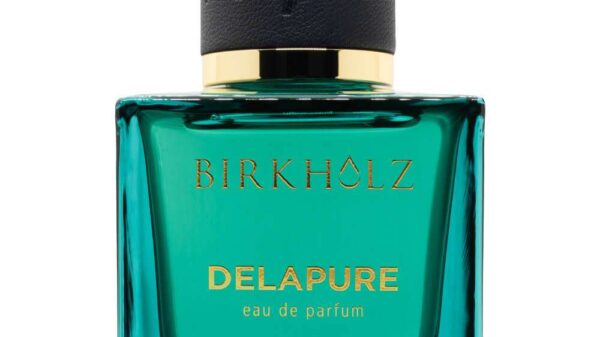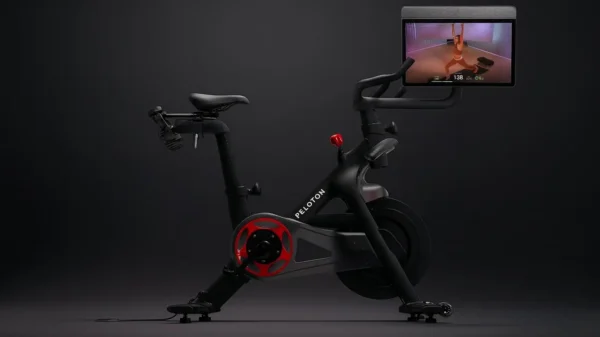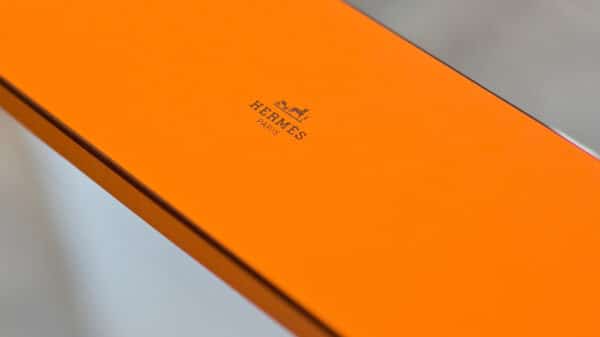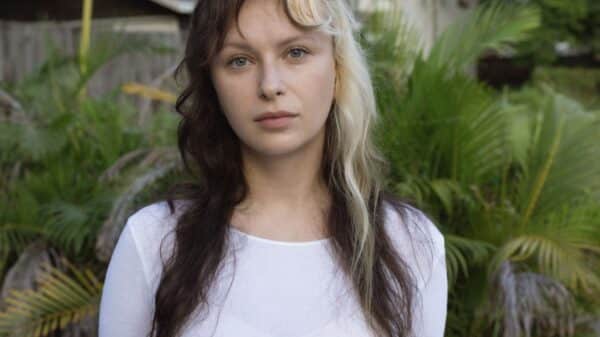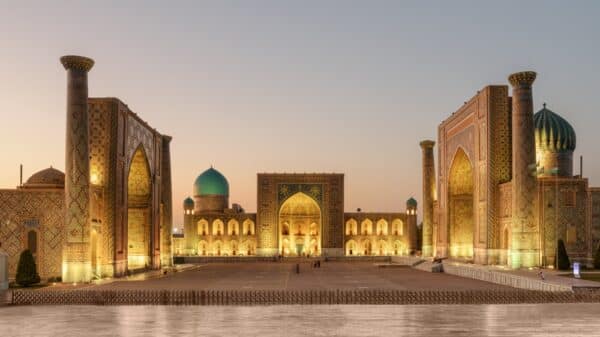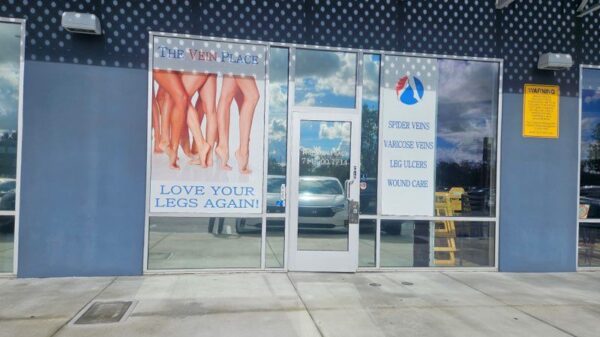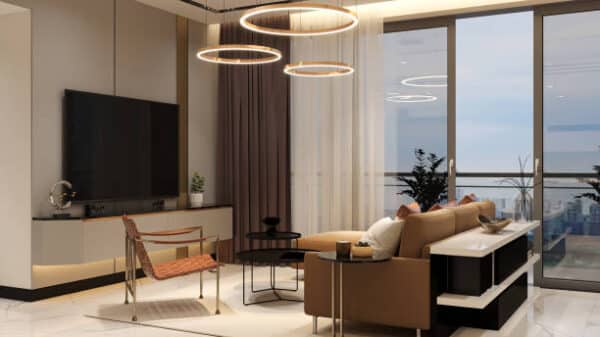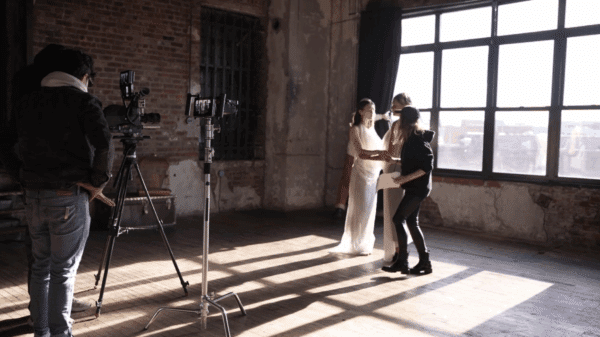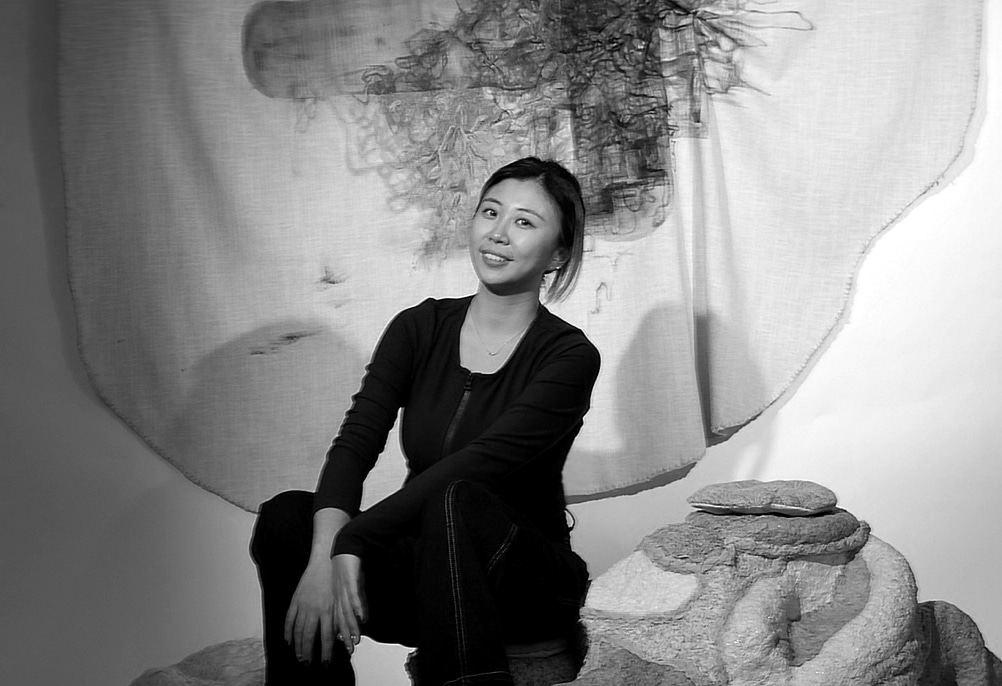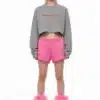In a culture of fast images and faster impressions, Ji Young Kim’s work asks us to pause. To touch. To feel. Her practice unfolds not in spectacle, but in slowness, tension, and material memory—anchored in fiber and the rituals of handwork. Based in New York but originally from South Korea, Kim creates sculptural pieces that blur the lines between textile, installation, and design. She doesn’t just make art; she builds spaces of emotional resonance.
“My hands know where to go before I do,” Kim says, reflecting on a process that begins with instinct rather than intention. Drawing from Korea’s rich craft traditions—where fabric is never just fabric, but a vessel of time, care, and ancestry—Kim’s work carries the imprint of labor, repetition, and softness redefined.
Between Presence and Absence
Kim’s practice is grounded in quiet subversion. While fiber art has often been dismissed as decorative or domestic, she sees it as a site of resistance and complexity. “I like breaking the rules of how fiber is expected to behave,” she says. “Turning something soft into something strong. Something comforting into something quietly unsettling.” Her works rarely shout—but they hold their ground.
She works with discarded textiles, recycled fibers, and hybrid materials often paired with papermaking techniques, creating surfaces that are both fragile and sculptural. The resulting pieces challenge traditional hierarchies of fine art, asking viewers to rethink assumptions about texture, gender, and value. In Kim’s world, softness is not the opposite of strength. It’s a version of it.
Recognition on a Global Stage
Kim’s vision has not gone unnoticed. Her work has been exhibited internationally, including in Seoul, New York, London, Budapest, and Tokyo. Among her most celebrated accomplishments is the second-place award at the prestigious Hand & Lock Prize for Embroidery in 2023, a historic competition founded in 1767 that honors excellence in contemporary textile art. Her submission—a deeply layered, hand-stitched piece—redefined embroidery as not just embellishment but structure, presence, and weight.
“It wasn’t decorative,” she explains. “It was about building something that feels still, but not passive. A kind of inner tension you can sense even in silence.” Exhibited at the Omni Gallery in London, the piece positioned Kim among a new generation of artists elevating fiber beyond its traditional frame.
Her accolades extend further. She has received the Boynes Artist Award, the Woman Art Award, and recognition from Fusion Art and the Circle Foundation for the Arts. Her recent residencies include the Mudhouse Residency in Greece and Kunstraum in Brooklyn—spaces where she’s expanded her work into immersive and sculptural scales.
Collaborations in Design and Fashion
Though her work is rooted in fine art, Kim moves fluidly across industries. She has collaborated with brands such as BYREDO, Econyl, and Methaphores Fabrics—projects that explore the aesthetic and emotional potential of textiles in both sensory and sustainable terms. She currently works as a textile designer for the boundary-pushing fashion house threeASFOUR, where her understanding of fiber as memory and movement translates seamlessly into avant-garde clothing.
These partnerships speak to a rare versatility: the ability to remain conceptually rigorous while speaking fluently in the languages of design, scent, and fashion. Each collaboration becomes an extension of her practice—another way to explore how material can hold meaning.
Gravity and Lightness
Kim’s newest body of work, Gravity of Happiness, continues her exploration of emotional weight. “We’re told that happiness is light, effortless,” she says. “But sometimes, it’s heavy. It takes effort. It’s something you have to hold.” The project considers joy not as escape, but as resistance—a decision to stay soft in a hard world.
The series features sculptural pieces that invite interaction. They appear gentle but carry internal tension—like a breath held in fabric. “I want the work to feel like a space,” she explains, “not just an object. A space where you can rest, reflect, or even just pause for a moment.” The first iteration of the installation is expected to debut later this year and will likely take the form of low, tactile sculptures—furniture-like forms that blur art and utility, form and feeling.
A Language Without Words
Much of Kim’s creative life was shaped before she ever used the word “artist.” As a child in South Korea, she would collect textures, sketch rhythms, choose tones. “It wasn’t for anyone. It was like a diary—just without words.” That intimate way of relating to the world continues in her work today. She speaks fluently in fiber, not because it’s trendy, but because it carries care. Touch. Time.
“I think of fabric as a second skin,” she says. “It’s what we sleep in, dress in, grieve in. It absorbs life. That makes it powerful.” Her pieces are neither overly polished nor deliberately raw; instead, they hold space for contradiction, for quiet, for slowness.
Shaping the Future of Textile Art
As fiber art continues to rise in international recognition—from major museum retrospectives to high-end design fairs—Ji Young Kim is carving out a space that is deeply personal and structurally innovative. Her work has been featured in leading art publications such as Aesthetica, Spotlight Magazine, Contemporary Art Curator, The Status Life, and Vents, among others. Her voice is part of a larger shift—one that embraces tactility, care, and process as central to contemporary art and design.
And yet, despite her growing profile, Kim remains grounded. Her advice to young artists is simple but firm: “Believe in the things you can’t always explain. Make what you need to make. Let the work speak.”
Stillness You Can Feel
In an art world increasingly obsessed with speed, Ji Young Kim’s work insists on presence. It slows us down. It invites us in. Through fiber, she constructs forms that are at once emotional and architectural, intimate and monumental. These are not just works to be looked at—they are spaces to be felt.
As we prepare to encounter Gravity of Happiness later this year, one thing is certain: Kim isn’t interested chasing meaning. She’s crafting spaces where presence, care, and curiosity are allowed to linger, shifting how we experience softness, tension, and the emotional architecture of art.

